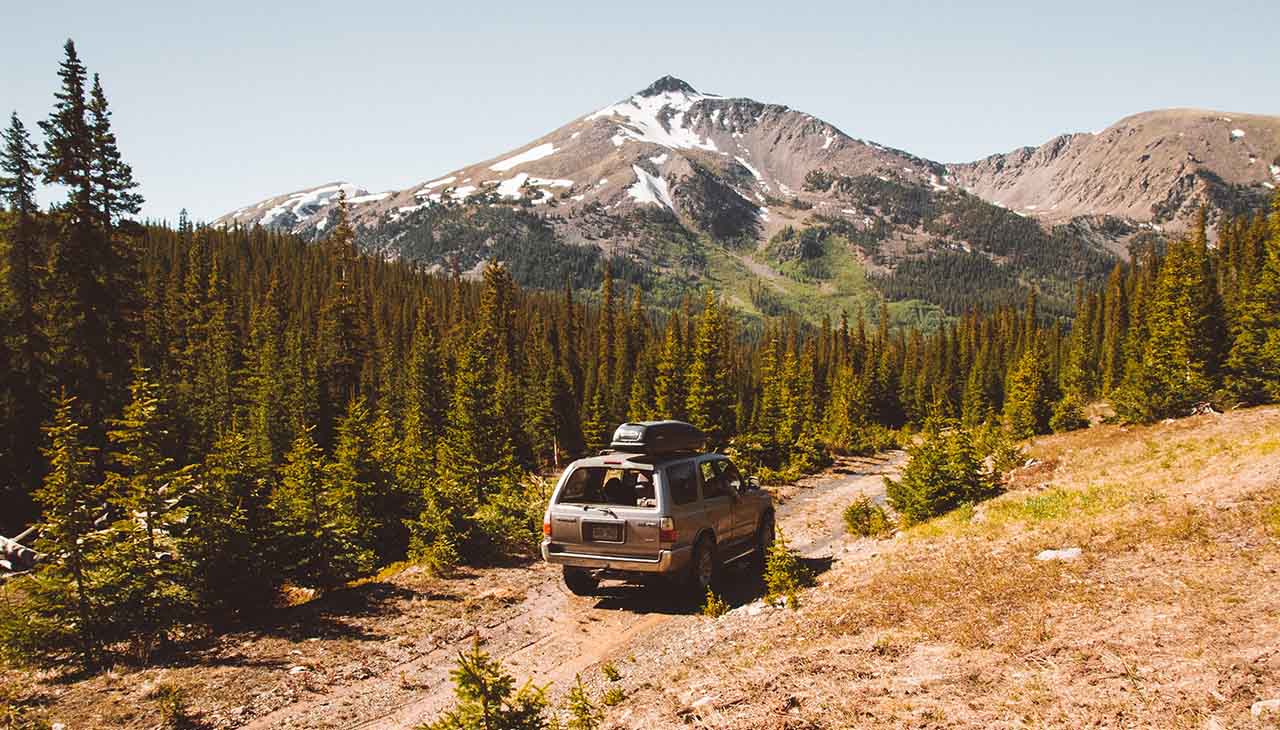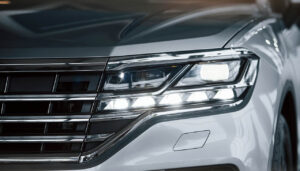When the call of the wild beckons, nothing compares to the thrill of an off-road adventure. To navigate the rugged terrain and ensure a journey filled with exhilarating experiences, choosing the right vehicle is paramount. In this guide, we will delve into the critical features and considerations that adventure enthusiasts should assess when selecting an off-road companion that is not only capable but also reliable and suited to their individual needs. Whether you’re crossing shallow streams, climbing steep inclines, or traversing rocky paths, preparing with the appropriate vehicle can make all the difference between a challenging expedition and an unforgettable adventure.
Types of Off-Road Vehicles
To embark on an off-road journey, it’s essential to understand the various types of vehicles designed for such terrain and to choose the one that aligns with your specific adventure goals.
SUVs
Sport Utility Vehicles (SUVs) are versatile choices known for their balance of comfort and off-road capability. They offer generous cargo space and room for passengers, making them suitable for family trips. Many modern SUVs come with 4-wheel-drive systems that provide traction on unpredictable surfaces. However, their larger size and weight could be a disadvantage on narrow or highly technical trails.
Trucks
Pickup Trucks are renowned for their durability and power. With high ground clearance and strong towing abilities, trucks are ideal for hauling gear and maneuvering through tough, uneven terrain. The downside can be their larger turning radius and less sophisticated suspension systems compared to other off-road specialized vehicles.
ATVs
All-Terrain Vehicles (ATVs) are nimble and aggressive, capable of tackling a wide range of terrains with a single rider. They’re perfect for quick, thrilling rides on challenging courses. However, ATVs offer minimal protection from the elements and can be less stable, which heightens the risk of rollovers if not handled carefully.
UTVs
Utility Task Vehicles (UTVs) or side-by-sides, blend some of the agility of ATVs with the more practical aspects of SUVs. They have room for passengers and cargo, making them a good choice for group adventures or utility work. The trade-off tends to be a higher cost and increased size over ATVs, which might restrict access to the narrower trails.
Dirt Bikes
Dirt Bikes stand out for their lightweight design and exceptional maneuverability. With a high power-to-weight ratio, they excel in steep and challenging environments that require precise control. The cons include a limited carrying capacity and a steep learning curve for riding proficiency, especially for new riders.
Each of these vehicles can turn an off-road outing into an unforgettable adventure, but the choice depends on personal preferences, the terrain being tackled, and the need for passenger and cargo space.
Considerations for Choosing the Right Vehicle
To ensure a successful match between your chosen vehicle and the terrain you wish to conquer, careful analysis is necessary. Each landscape—be it rocky, muddy, or sandy—poses unique challenges that must be met with appropriate vehicle features. For instance, a rocky environment demands a vehicle with high ground clearance and robust suspension, such as a rock-crawler modified truck. For muddy terrains, look for vehicles with specialized tires and a powerful drivetrain to prevent getting stuck. Whereas, navigating sandy areas requires lightweight vehicles that can float atop surfaces without bogging down.
When planning trips that include more participants or equipment, the passenger and cargo capacity becomes a critical factor. SUVs and UTVs are particularly adept at accommodating additional riders and bulky gear without sacrificing comfort or safety. Consider the seating arrangements and storage solutions each vehicle offers, ensuring that they align with the requirements of your adventure.
Lastly, the customization potential of a vehicle allows for a personalized approach to off-roading. Many enthusiasts prefer to enhance their vehicles with aftermarket parts aimed at improving performance, safety, and comfort. This could range from simple additions like winches and skid plates to more complex modifications like lift kits and custom suspensions. By selecting a vehicle with wide-ranging aftermarket support, you can tailor it to address the specific demands of both the driver and the terrain at hand.
Key Features to Look For
All-Wheel Drive vs. Four-Wheel Drive
In the context of off-roading, understanding the distinction between All-Wheel Drive (AWD) and Four-Wheel Drive (4WD) systems is vital for selecting the right vehicle. AWD systems automatically distribute power to the wheels with the most traction, which improves handling and is beneficial in variable conditions. This makes AWD vehicles great for driving on a variety of surfaces, including light off-road situations. Conversely, 4WD systems offer the driver the option to manually engage power to all four wheels, providing superior traction in extreme off-road conditions. Essentially, AWD is typically found in vehicles that are used on paved roads as well as light off-road conditions, while 4WD is the go-to option for more serious and challenging off-road adventures.
Ground Clearance and Suspension
Ground clearance is the space between the lowest point of a vehicle’s chassis and the ground—a crucial attribute when navigating rough terrains to avoid underbody damage. Suspension systems, on the other hand, absorb shocks and maintain wheel articulation during off-road travels. High-performance suspensions can handle greater abuse from obstacles and keep the tires in contact with the terrain, which is essential for maintaining traction. Vehicles with high ground clearance and advanced suspension systems are less likely to get hung up on rocks or to bottom out in deep ruts, enabling them to travel over obstacles that would block or damage vehicles with lesser clearances and inferior suspensions.
Traction Control and Differential Lock
Traction control systems help prevent wheel spin on loose or slippery surfaces by applying brake force to spinning wheels, thereby transferring power to the wheels with better grip. This technology is particularly useful on uneven terrain where wheels may lift off the ground temporarily. Differential locks (or lockers) bind the two wheels on an axle together, forcing them to turn in unison, regardless of individual traction. This feature becomes exceptionally beneficial in extreme conditions where one or more wheels are likely to lose contact with the ground, ensuring that all wheels work together to pull the vehicle forward. Both traction control and differential locks significantly enhance a vehicle’s off-road capabilities by ensuring maximum tire-to-ground contact and power delivery.






Be First to Comment